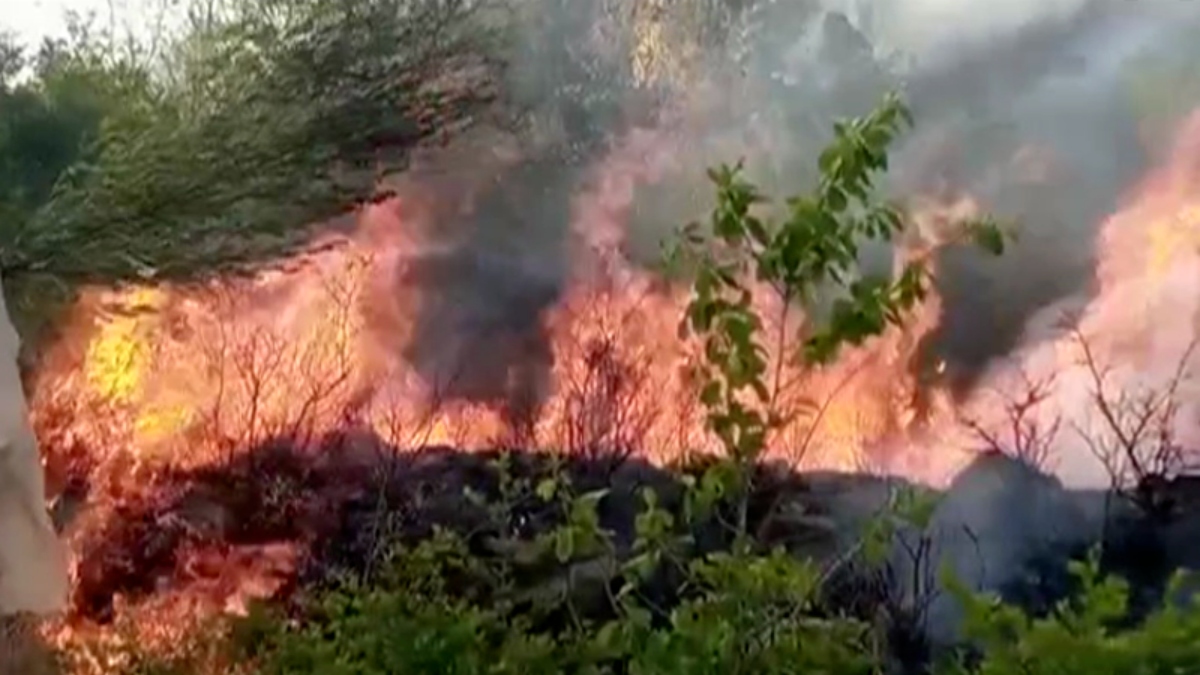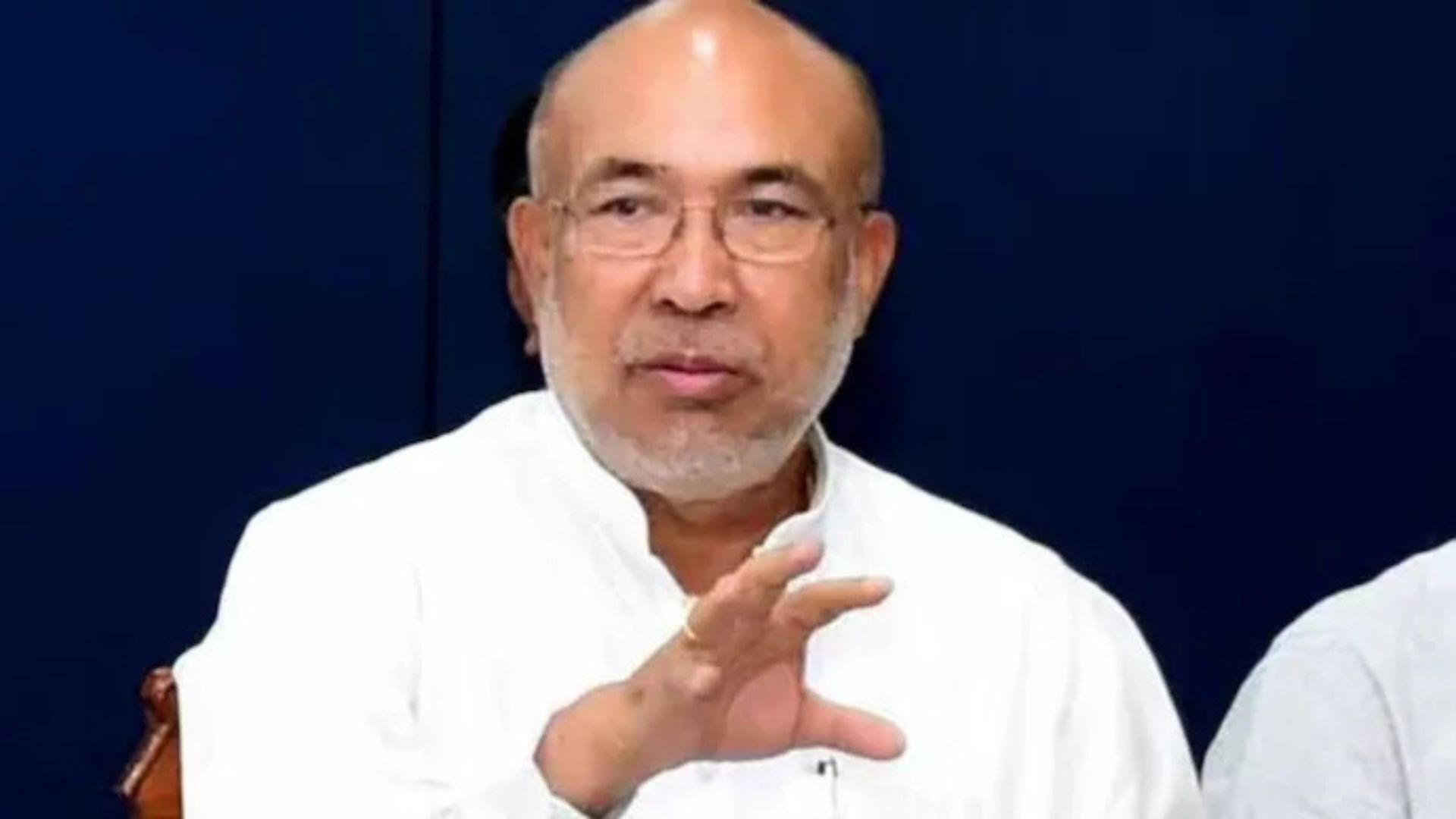
Pakistan is facing a severe economic crisis, rising discontent and security threats nationwide. In the north, Gilgit Baltistan (G-B) residents are living amid fears of the region being ceded to China to repay loans which Islamabad is struggling with. In the southwest, Balochistan is in flames, with the locals vehemently protesting against the absence of any employment opportunities in the Chinese projects, and forced disappearances of the Baloch activists.
However, there is a fourth front to Islamabad’s panic, beyond G-B, Balochistan, and economic woes. It is now Khyber Pakhtunkhwa (KP) that has become the crossroads for Pakistan, China, Afghanistan, and various militant groups, each fighting a different battle. As the region becomes a battleground, the great power competition is also returning.
Khyber Pakhtunkhwa is the third largest populated province in Pakistan, with Gilgit-Baltistan to its Northeast, Afghanistan in the Northwest, Balochistan in the South, Pakistan-occupied Kashmir (PoK) to the East, Punjab, and Sindh to its east and southeast. This makes it one of the most volatile regions in the world. The majority ethnic group in the province is Pashtuns, which is also the primary ethnic group that forms the Afghan Taliban.
While endowed with substantial natural resources, it contributes to only 10% of Pakistan’s GDP. As the government focused on Sindh and Punjab provinces over the past decades, this province has remained largely undeveloped.
In 2018, the Pakistani government decided to merge the adjacent semi-autonomous Federally Administered Tribal Areas (FATA) into KP. For long, the FATA (locally referred to as “Qabalistan” or the “Land of Tribal Militias”) served as home to various militant groups fighting against the US-led campaign in Afghanistan. A Pashtun leader remarked in 2016 that if Afghans are harassed in other parts of Pakistan, they should come to KP province as no one can ask them for refugee cards here because this province belongs to the Afghans.
THREAT OF TEHRIK-E-TALIBAN
PAKISTAN (TTP)
While Pakistan has shared a close relationship with the Afghan Taliban for decades, it has hit rock bottom over the past year. Islamabad is now finding it the hard way that their interests do not converge with the Afghan Taliban as much as they hoped. Beyond disagreements over the border demarcation, a critical issue between Afghanistan and Pakistan is now the stance toward the TTP. With the stated objective of removing Islamabad from the KP province and establishing an Afghan Taliban-like governance structure in Pakistan, TTP has conducted regular attacks in Pakistan over the years and is now the most prominent militant group fighting against the Pakistan state.
In 2018, TTP formally excluded the call for a “greater jihad” in Afghanistan and al-Qaeda’s global jihad from its manifesto. In 2020, the group re-emphasized that it no longer pursues any regional or global agenda beyond Pakistan. But this has been primarily seen as a strategy to divert global attention to other militant regional actors like the Islamic State-Khorasan.
TTP claimed hundreds of attacks on the Pakistani army and other agencies last year. It has been considered behind the April 2021 hotel bombing in Pakistan’s Quetta, which was about to be visited by the Chinese ambassador. More recently, in April this year, the group attacked a Pakistan army convoy, killing seven.
The Afghan Taliban denies its influence over the TTP or uses it as a rebel proxy. However, as the TTP consists of the Pashtun brethren who fought against the US-led coalition, the reluctance in Kabul to act over increasing Pakistani and Chinese demands to eliminate the TTP is evident. On the other hand, TTP has resisted any attempts by the Afghan Taliban to influence the TTP agenda. Its leadership even threatened to switch loyalties to the IS-K if the TTP is pushed to compromise its agenda against the Pakistan state.
A WORRIED BEIJING
Beyond Islamabad, the emerging dynamics in KP have caused panic in Beijing for multiple reasons. While China continues to witness opposition toward the China-Pakistan Economic Corridor (CPEC) in Balochistan and G-B, Chinese personnel and resources in the KP province have been increasingly targeted in recent years. In July 2021, a bus carrying Chinese workers was attacked, resulting in the deaths of 10 Chinese nationals and leaving 28 others injured.
Beijing sees TTP as an instrument of proxy terrorism. While Beijing pressurizes Islamabad to neutralize the Baloch threat, it has sought to influence both the Afghan Taliban and Islamabad to act against the TTP. TTP also worries Beijing as it maintains relations with the IS-K, a group which has jihad in mainland China on its agenda to avenge China’s persecution of Uyghur Muslims. The TTP is believed to have associations with The East Turkestan Independence Movement (ETIM), which has conducted several attacks in China over the years and seeks independence of Xinjiang and the liberation of the Uyghur Muslims.
For China, the growing TTP-ETIM-IS nexus can prove fatal not only for its BRI ambitions but also for its internal security. It remains to be seen what steps Beijing will take in the absence of any concrete steps by Pakistan and Afghanistan to neutralize threats against Chinese interests. In the shadows of the much-highlighted Taiwan visit by US Congresswoman Nancy Pelosi, another significant visit, albeit with less fanfare, took place later that week.
The event was the US ambassador Donald Blome’s visit to Pakistan’s Khyber Pakhtunkhwa (KP) province.
The ambassador highlighted the US government’s extensive economic and development assistance, which has benefitted the residents of KP. As Pakistan’s financial woes grow and Chinese projects face difficulties, there have been whispers in Pakistan to turn to the West for help. Recent reports even alleged that Pakistani officials could abandon the CPEC if the US offers a similar deal.
With Pakistan increasingly isolated on international platforms and bereft of options for international support, the TTP and IS-K threat have significantly raised Pakistan’s threat profile. Islamabad is now seeking the Afghan Taliban’s help in mediation with the TTP as it continues to suffer losses against the TTP.
Meanwhile, The Afghan Taliban stresses that it does not want to interfere in the India-Pakistan issues. Recently, Afghanistan warmed up to India last month by extending a welcome to India-trained Afghan cadets who returned to Kabul. These developments have raised tensions in Islamabad.
Like the BLA, Islamabad alleges that the TTP is an Indian tool to foment unrest and instability in Pakistan. For the Afghan Taliban, the TTP and India are increasingly becoming leverage options against Pakistan. As India views progress on anti-terrorism as a prerequisite to engagement, it will seek the Afghan Taliban’s commitment against the use of Afghan land for any activities that are against India’s security and interests.
New Delhi will wait for Islamabad to realize the perils of supporting terrorism as it now threatens Pakistani interests. With Islamabad now having too much on its table, it is being forced to rethink the “all-weather friendship”.
Divyanshu Jindal is a Research Associate at the Centre for Air Power Studies, New Delhi.















